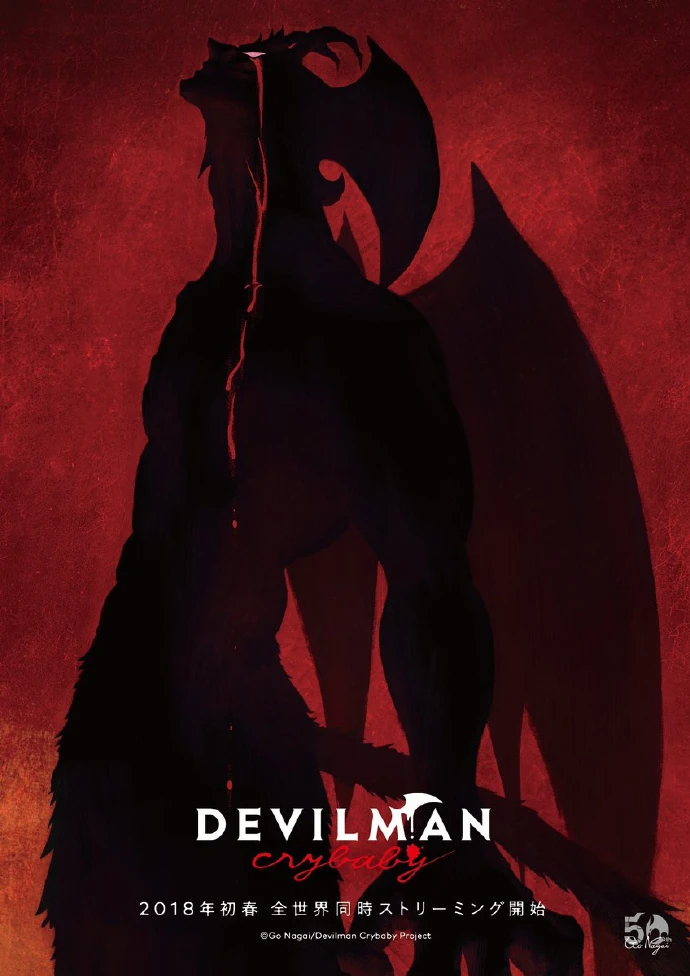While my “Wellness Wednesday” this past week focused more on schoolwork than wellness, there are certain things that I treated myself to during the day off. One such activity was listening to music from the 2005 version of Pride and Prejudice starring Keira Knightley and Matthew Macfadyen. If you aren’t familiar with Pride and Prejudice, the film is based off of Jane Austen’s 1813 novel of the same name, which features five sisters from an English family (namely Elizabeth Bennett) as they navigate issues of marriage and morality. Instead of the storyline, however, today I’ll be talking about the movie’s soundtrack.
There are a variety of reasons as to why I love the Pride & Prejudice (Music from the Motion Picture) soundtrack. For one, I have fond memories of it. When I was in high school, I learned how to play two songs featured in the movie: “Leaving Netherfield” and “Liz on Top of the World.” I should clarify that by “play,” I mean play on the piano, and by “learned,” I had to master (or at least, become proficient in) the songs for an end-of-the-year piano recital. I didn’t mind, however, due to how pretty the songs were. “Liz on Top of the World” has a special place in my heart, not just because of the name, but for how beautiful it is. In my opinion, both of these tracks, along with basically every song in this soundtrack, are to be treasured – and you don’t need to have a personal connection to the soundtrack to enjoy them.
Movie soundtracks can do wonders in enhancing a movie scene or storyline. The Pride and Prejudice soundtrack has many moments where it does just that. It excels in its use of subtle songs in the periphery of crucial scenes, but it also drops the music front and center, making it as important as the dialogue or even the plot itself. “Meryton Townhall” and “Another Dance,” for instance, help transport viewers into the late eighteenth century during ball scenes. The soundtrack enhances the film by going hand-in-hand with its tone and story, intensifying pivotal scenes and providing insight on character growth. “Liz on Top of the World,” for example, begins while a silhouette of the sky is shown through Elizabeth’s closed eyelids, setting a mood. The music crescendos and manifests into an image of Elizabeth standing on a cliff, culminating into a breathtakingly beautiful and powerful scene.
Outside of the film, the soundtrack gives me all the emotions I feel while watching the movie. It’s also worthy enough to be art on its own accord, and if you haven’t caught on by now, I highly recommend that you give it a listen. Don’t believe me? Composer Dario Marianelli received an Oscar nomination for Best Achievement in Music Written for Motion Pictures, Original Score and two World Soundtrack Academy nominations. Clearly, I’m not the only one who believes that the soundtrack deserves praise.


:format(jpeg):mode_rgb():quality(90)/discogs-images/R-8547165-1470877070-4724.png.jpg) If you’ve been keeping up with my posts, you’ll know I already discussed Monument Valley in detail and how much I love it for its style and simplicity. Those same principles work just as effectively on its soundtrack, which is airy, vibrant, and absolutely gorgeous. While some might argue that it belongs in a different genre, I would say that the subtle instrumentation and clear effort put into the sound design and composition place it firmly in the ambient genre. This record has been my first experience with ambient music and it has made me realize that ambient music is meant to be appreciated thoughtfully; each note is placed with purpose and every silence is more expressive, since there are no distractions from the minimal atmosphere. Other music genres often become formulaic (intro, hook, bridge, chorus, repeat), but ambient music is forced to do more with less, leading to really fascinating instrumentation and musical development.
If you’ve been keeping up with my posts, you’ll know I already discussed Monument Valley in detail and how much I love it for its style and simplicity. Those same principles work just as effectively on its soundtrack, which is airy, vibrant, and absolutely gorgeous. While some might argue that it belongs in a different genre, I would say that the subtle instrumentation and clear effort put into the sound design and composition place it firmly in the ambient genre. This record has been my first experience with ambient music and it has made me realize that ambient music is meant to be appreciated thoughtfully; each note is placed with purpose and every silence is more expressive, since there are no distractions from the minimal atmosphere. Other music genres often become formulaic (intro, hook, bridge, chorus, repeat), but ambient music is forced to do more with less, leading to really fascinating instrumentation and musical development. Another ambient album I’ve been listening to is the Minecraft soundtrack, Volume Alpha by C418. You might be surprised to see another game soundtrack on here, especially one that you wouldn’t recognize if you haven’t played the game. However, it has recently become appreciated as a truly special ambient album; people who play the game might not be able to tell you a song or what it sounds like, but they’ll be able to hear it and tell you exactly where it’s from. Most interesting to me is how well the soundtrack complements the style of the game, but also how well it stands alone. It features a lot of bright piano and synths, along with some really unique instruments that are folksy and adventurous. It’s a great example of the creativity that ambient albums embody, not only in composition but also in atmosphere. Whether in games or as stand alone projects, ambient music is often interpreted as a means of creating atmosphere with background music, but there exist many albums such as this one that are even more interesting and unique when appreciated alone.
Another ambient album I’ve been listening to is the Minecraft soundtrack, Volume Alpha by C418. You might be surprised to see another game soundtrack on here, especially one that you wouldn’t recognize if you haven’t played the game. However, it has recently become appreciated as a truly special ambient album; people who play the game might not be able to tell you a song or what it sounds like, but they’ll be able to hear it and tell you exactly where it’s from. Most interesting to me is how well the soundtrack complements the style of the game, but also how well it stands alone. It features a lot of bright piano and synths, along with some really unique instruments that are folksy and adventurous. It’s a great example of the creativity that ambient albums embody, not only in composition but also in atmosphere. Whether in games or as stand alone projects, ambient music is often interpreted as a means of creating atmosphere with background music, but there exist many albums such as this one that are even more interesting and unique when appreciated alone.



 Devilman Crybaby is an original Netflix anime adaptation of the original manga by Go Nagai, and although I highly recommend watching it, I’ll try to save some of my praise for another post. The essential story is about a young boy named Akira who gets wrapped up in an emerging world of demons by his mysterious childhood friend Ryo. It features existential and dark themes, and raises questions about humanity, society, and love that make you think long after the show is over. It’s a tragedy to be sure; be prepared to cry when it’s over, but it is not without its moments of hope. The soundtrack to the show mirrors this so accurately and poignantly, making it the perfect complement to the show and adding something that makes it entirely unique. The aesthetic of the soundtrack perfectly fits the artistic style of the animation; it’s primal and pounding at times, matching the intense scenes of chaos, and other times it’s subtle and futuristic, setting this iconic tone throughout the show that lasts long after its over. My favorite tracks however are these long orchestral pieces, featuring these solemn and mourning grand piano melodies that are absolutely haunting. They contrast so well, both on the overall album and in the show itself; they provide these thoughtful reprieves from the chaos, where both the characters and audience are forced to reflect on the tragedies of humanity. Overall, I find this soundtrack incredible in how it affects the story, and how well crafted it is that it can stand alone.
Devilman Crybaby is an original Netflix anime adaptation of the original manga by Go Nagai, and although I highly recommend watching it, I’ll try to save some of my praise for another post. The essential story is about a young boy named Akira who gets wrapped up in an emerging world of demons by his mysterious childhood friend Ryo. It features existential and dark themes, and raises questions about humanity, society, and love that make you think long after the show is over. It’s a tragedy to be sure; be prepared to cry when it’s over, but it is not without its moments of hope. The soundtrack to the show mirrors this so accurately and poignantly, making it the perfect complement to the show and adding something that makes it entirely unique. The aesthetic of the soundtrack perfectly fits the artistic style of the animation; it’s primal and pounding at times, matching the intense scenes of chaos, and other times it’s subtle and futuristic, setting this iconic tone throughout the show that lasts long after its over. My favorite tracks however are these long orchestral pieces, featuring these solemn and mourning grand piano melodies that are absolutely haunting. They contrast so well, both on the overall album and in the show itself; they provide these thoughtful reprieves from the chaos, where both the characters and audience are forced to reflect on the tragedies of humanity. Overall, I find this soundtrack incredible in how it affects the story, and how well crafted it is that it can stand alone. Another great example of a stand out soundtrack is Swiss Army Man, a small indie film featuring Daniel Radcliffe and Paul Dano. Again, one of my favorite movies; a little quirky and hard to swallow at first, but it leaves a lasting impression and is just genuinely fun to watch. Similar to the Devilman Crybaby soundtrack, this soundtrack stands out for its aesthetic and style: it is fun and folky, featuring a lot of vocals and accapella, accompanied by simple instrumentation and haunting chords. All of the vocals are performed by the two actors as well, which is ingenious, especially during the film when the characters are quiet and the music speaks for them. The movie mostly takes place in the woods and is an unusual love story, which is reflected well in the soundtrack. It features a variety of unusual songs, mostly focused on the relationship between the two main characters, and tells its own story in a way that the film itself can’t. In this way, the soundtrack adds an important element to the story and can’t be ignored. These reasons make the soundtrack stand out, and as a result I still find myself listening to it, reliving the great moments of the story through music.
Another great example of a stand out soundtrack is Swiss Army Man, a small indie film featuring Daniel Radcliffe and Paul Dano. Again, one of my favorite movies; a little quirky and hard to swallow at first, but it leaves a lasting impression and is just genuinely fun to watch. Similar to the Devilman Crybaby soundtrack, this soundtrack stands out for its aesthetic and style: it is fun and folky, featuring a lot of vocals and accapella, accompanied by simple instrumentation and haunting chords. All of the vocals are performed by the two actors as well, which is ingenious, especially during the film when the characters are quiet and the music speaks for them. The movie mostly takes place in the woods and is an unusual love story, which is reflected well in the soundtrack. It features a variety of unusual songs, mostly focused on the relationship between the two main characters, and tells its own story in a way that the film itself can’t. In this way, the soundtrack adds an important element to the story and can’t be ignored. These reasons make the soundtrack stand out, and as a result I still find myself listening to it, reliving the great moments of the story through music.

